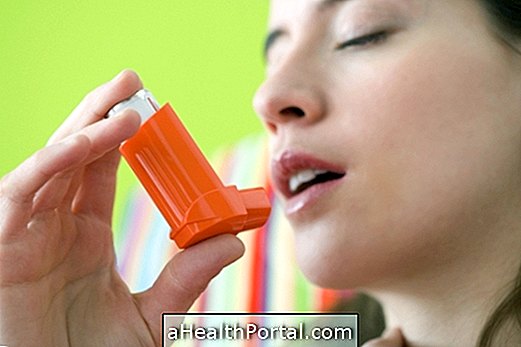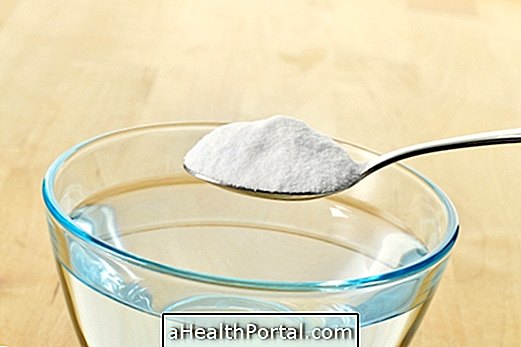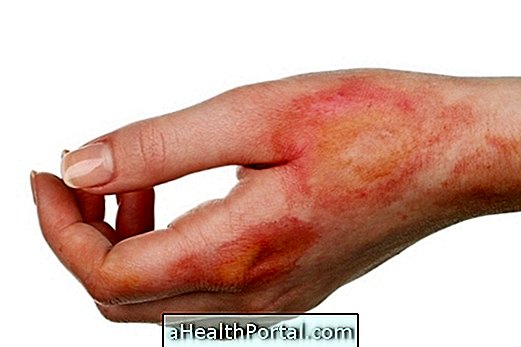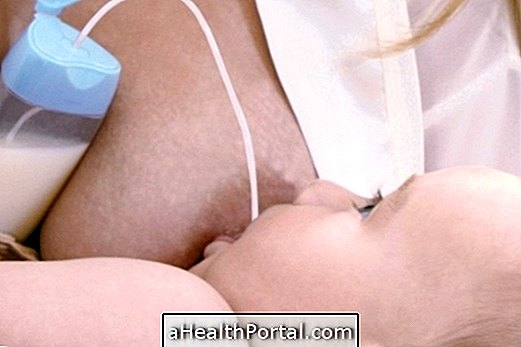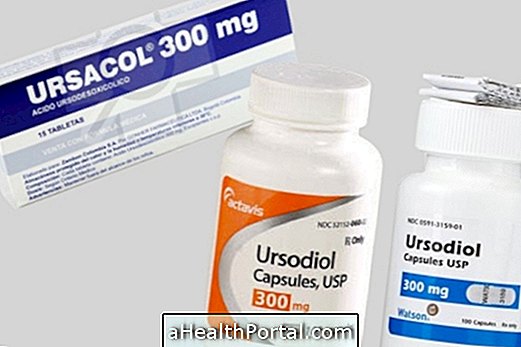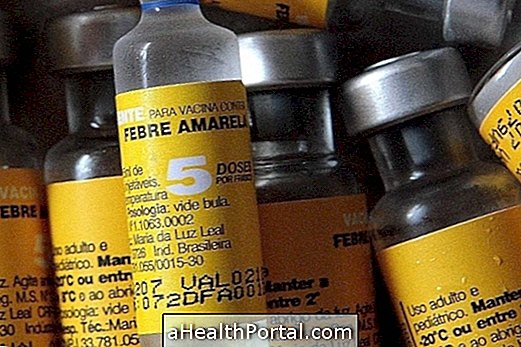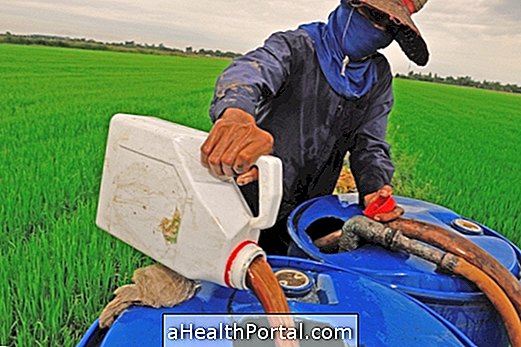When someone with diabetes is injured it is very important to pay attention to the injury, even if it seems very small or simple, as in the case of cuts, scratches, blisters or calluses, because there is a greater risk that the wound does not heal properly and a infection.
These care can be done at home soon after the injury or as soon as a hidden blister or callus is discovered, for example. But in all cases it is very important to go to the dermatologist as soon as possible so that the wound is evaluated and appropriate treatment is indicated.
This is because diabetes is a chronic disease that causes nerve damage and weakens the immune system over time, making the healing process more difficult. Also, because the body can not use sugar, it accumulates in the tissues and facilitates the development of bacteria in the wounds, increasing the risk and intensity of infections.
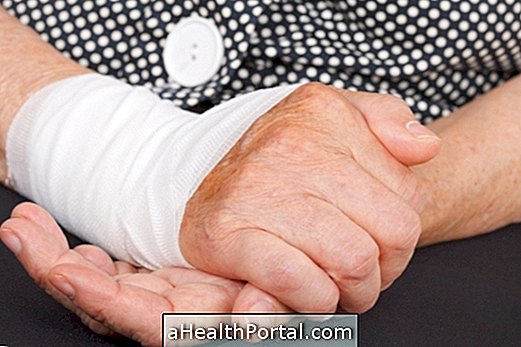
First Aid for Wounds in Diabetics
It is important to take care if there are changes in the skin of people with diabetes, such as:
- Wash the region using warm soapy water with neutral pH;
- Avoid placing antiseptic products on the wound, such as alcohol, iodopovidone or hydrogen peroxide, as they can damage the tissues and delay healing;
- Put on an antibiotic ointment, prescribed by the doctor, to try to avoid the development of an infection;
- Cover the area with a sterile gauze, replacing it every day or as directed by your doctor or nurse;
- Avoid putting pressure on the wound, giving preference to comfortable clothes or wide shoes that do not rub against the wound.
If you have a callus, for example, you should never scrape it or try to remove it at home, as it can cause serious bleeding or facilitate the development of a serious infection on the spot. Thus, one should always consult a podiatrist to make the treatment appropriate and avoid complications that can lead to foot amputation.
What to do to avoid serious complications
Because of the high risk of the lesion becoming infected or of simple conditions such as cuts, blisters or calluses aggravating to deep ulcers on the skin, it is important to observe the site more than once a day, looking for signs such as intense redness, excessive swelling of the wound, bleeding or presence of pus, and worsening of injury or non-healing after 1 week.
Thus, if any of these signs appear, it is important to return to the doctor or go to the emergency room to change the treatment and start using antibiotics that can be ingested or applied to the wound to facilitate healing and eliminate the bacteria.
The most common cases of serious injuries arise in the feet, as usually the circulation to the feet, necessary to heal the wounds, is getting worse over the years. In addition, the use of tight shoes facilitates the appearance of calluses and wounds, which may appear in places that are not visible and not noticeable, worsening over time. To avoid such situations, see how to take care of the diabetic foot.


